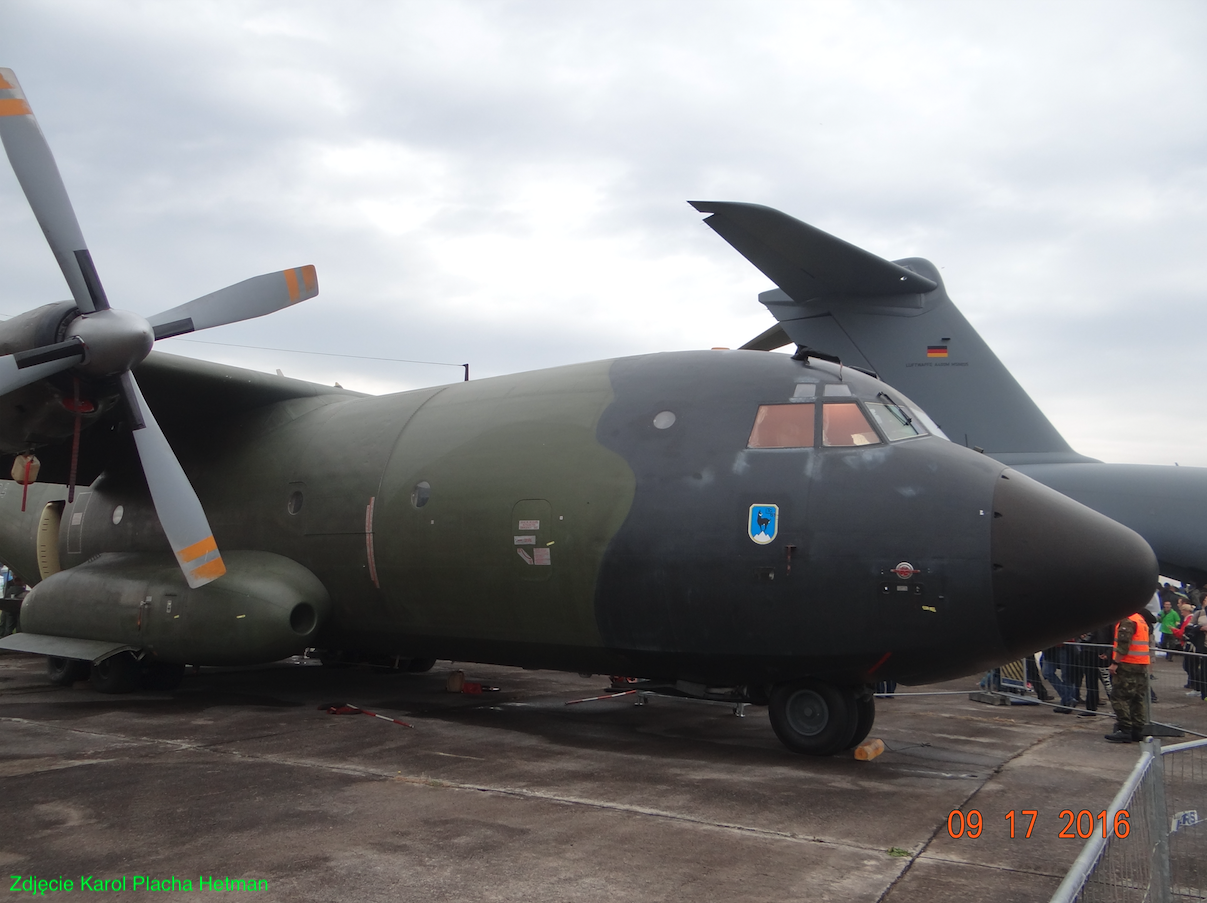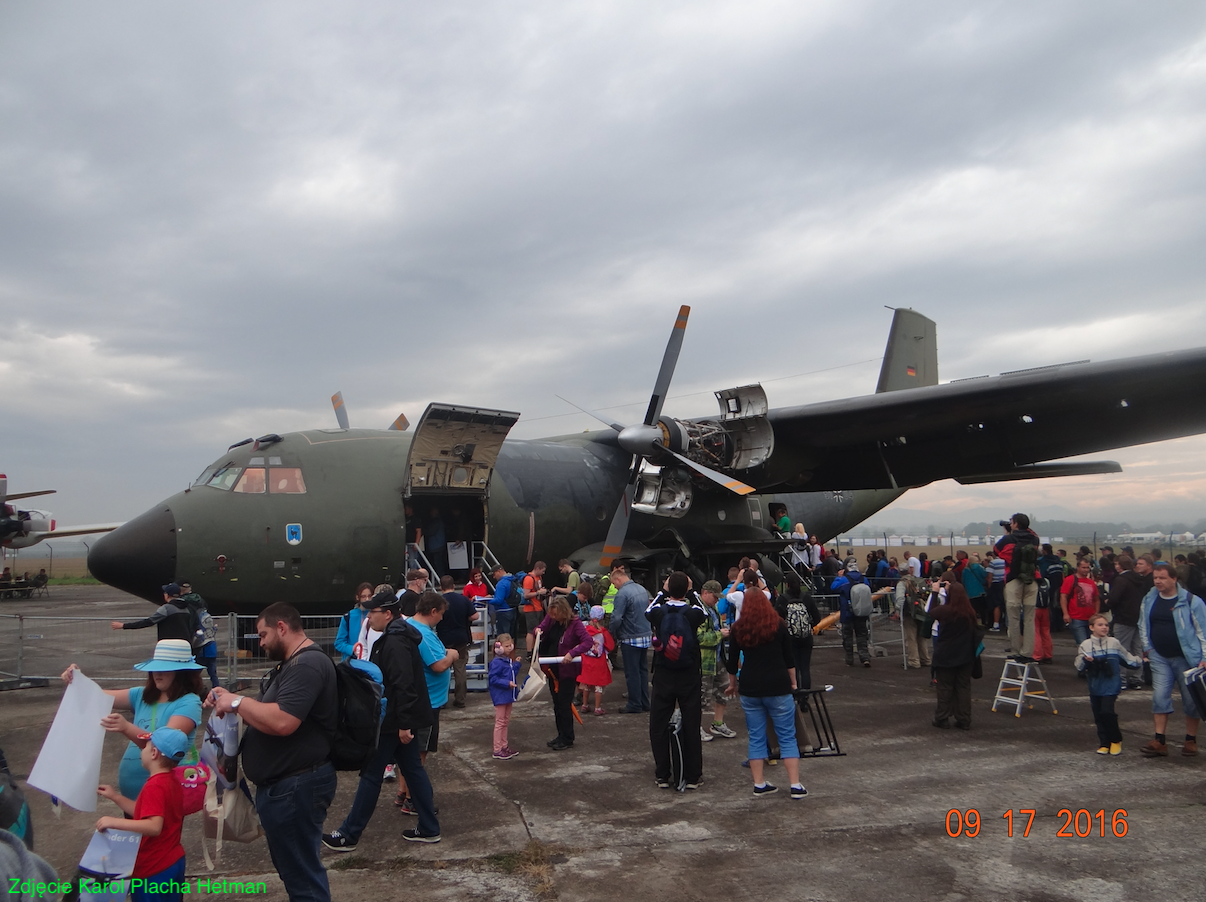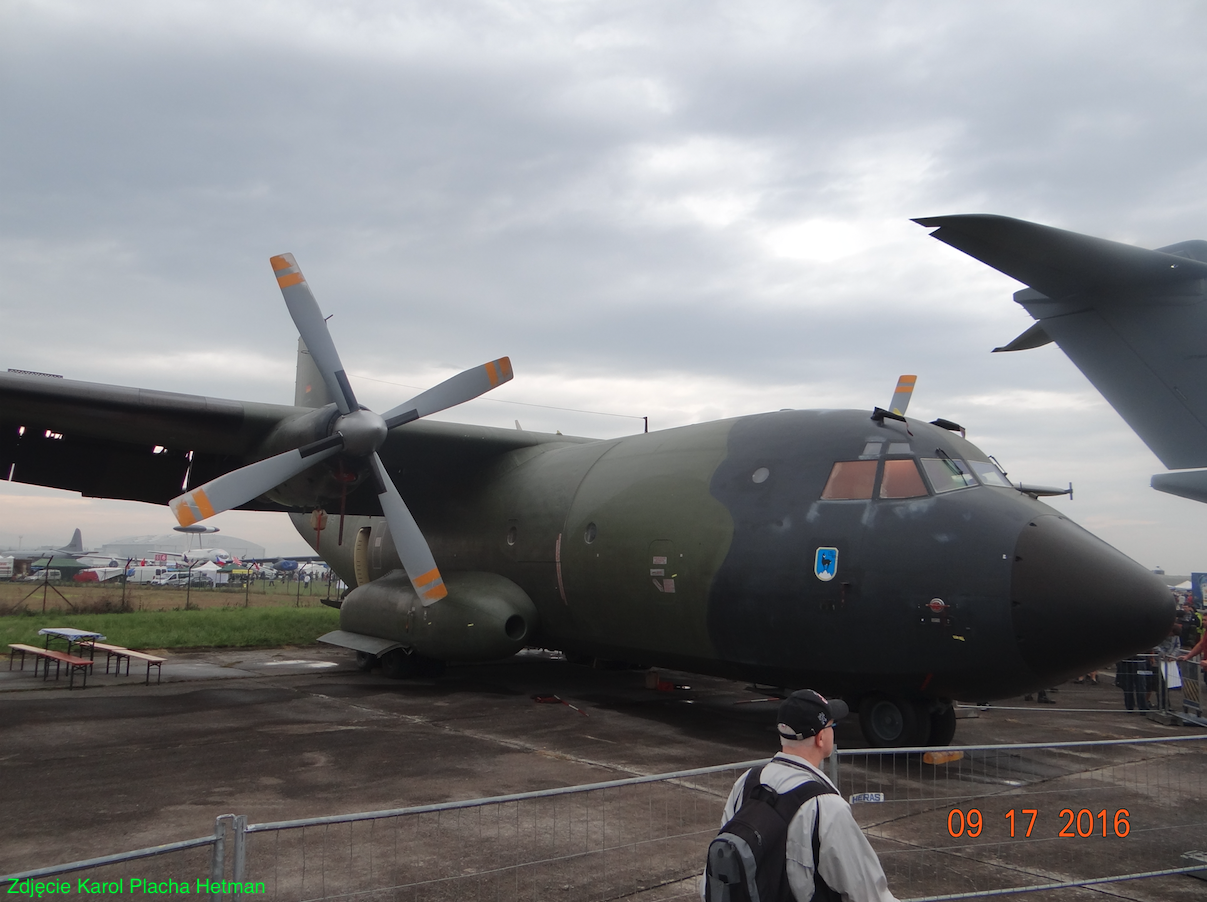Warszawa 2023-04-01
Transall C-160.
Transall C-160 is a military transport aircraft that was developed jointly by France and Germany. The name "Transall" is an abbreviation derived from the name of the production consortium Transporter Allianz. The consortium included MBB (Germany), Aerospatiale (France) and VFW-Fokker. The aircraft was developed for the military of France and West Germany, but also for South Africa and Turkey. Some of the aircraft went to civilian entities.
The aircraft was to be the European answer to the American Lockheed C-130 Hercules transport aircraft. In Europe, it was necessary to replace the piston transporters Nord Noratlas operated by the air forces of both France (Armée de l’Air) and West Germany (Luftwaffe). The cooperation agreement was signed on November 28, 1957. Initially, Italy participated in the work, but Italy withdrew from the program, becoming involved in its own FIAT G.222 project.
The Transall C-160 made its first flight on February 25, 1963. The new aircraft was to carry 16,000 kg (35,000 lb) of payload, for a range of 1,720 kilometers (930 nmi; 1,070 mi) or a payload of 8,000 kg (18,000 lb) for a range of 4,540 km (2,450 nmi; 2 820 miles). The plane was to operate from makeshift airstrips. Each of the program partners built one prototype. The first one, built by NORD, was flown on February 25, 1963. A prototype built by VFW and HFB was built on May 25, 1963. 6 prototypes were built. Production aircraft received a fuselage lengthened by 20 inches (0.51 m). Production lasted from 1965 to 1985. Allegedly, serial production was delayed due to talks with Lockheed about the purchase of C-130 Hercules aircraft, which did not materialize. 110 C-160s for Germany and 50 C-160s for France have been ordered. Individual parts of the aircraft were produced in France and West Germany. Final assembly was carried out separately in France and West Germany.
In 2021, C-160 aircraft were withdrawn from service, replaced by Airbus A.400 M aircraft.
C-160 design.
The Transall C-160 is a twin-engine tactical transporter equipped with a cargo hold and a rear loading ramp. The crew of the plane consists of three aviators. The aircraft received a landing gear that can be lowered on the ground, which facilitates the loading of large goods. The aircraft has a very short landing run of only 400 m. The take-off run was about 700 m. Depending on the configuration of the aircraft, a single aircraft can land up to 88 paratroopers or transport up to 93 armed soldiers.
The aircraft is powered by two 2 x 6,100 hp (2 x 4,485 kW) Rolls-Royce Tyne turboprop engines. The engines drive four-bladed Dowty Rotol propellers. Each engine is equipped with an auxiliary generator system that provides the aircraft with both electrical power and hydraulic pressure. General Electric CJ610 Auxiliary Power Unit, used to power the aircraft on the ground.
T-T C-160 data:
Span 40.00 m. Length 32.40 m. Height 11.65 m. Bearing area 160 m2. Curb weight 28,000 km. Take-off weight 51,000 kg. Top speed 513 km/h. Ceiling 8,200 m. Range 8,850 km.
Written by Karol Placha Hetman



